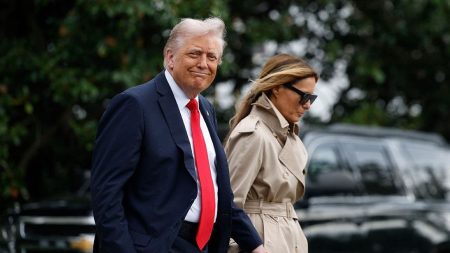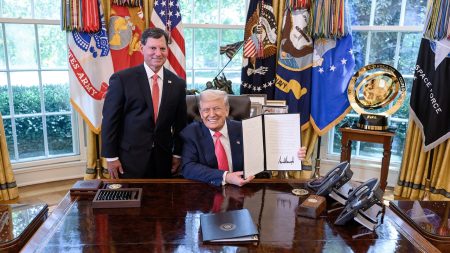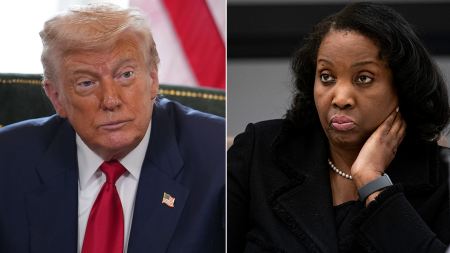In a recent discussion with CNN legal analyst Joey Jackson, the decision made by the Supreme Court to strike down a federal ban on bump stocks, which was approved by former President Donald Trump, was analyzed. Jackson emphasized that this decision is significant in terms of the Second Amendment, as bump stocks are accessories that allow semi-automatic weapons to fire rapidly like automatic weapons. While some may argue that the decision is a victory for gun rights advocates, Jackson clarifies that this case is not solely about the Second Amendment. Instead, it raises broader questions about how the government regulates firearms and whether executive agencies have the authority to make such regulations.
Jackson explains that although the Second Amendment protects the right of individuals to own firearms, it is not an unlimited right. The government has the authority to regulate certain aspects of gun ownership, such as accessories like bump stocks, in order to ensure public safety. Furthermore, Jackson points out that the decision to strike down the ban on bump stocks is not a free pass for individuals to own or use these accessories. While the Supreme Court has ruled that the federal ban is unconstitutional, states still have the power to implement their own regulations on bump stocks and other firearm accessories.
It is important to consider the implications of the Supreme Court’s decision beyond just the Second Amendment. Jackson highlights that this case raises questions about the balance of power between the executive and judicial branches of government. The ban on bump stocks was originally implemented through an executive order by President Trump, and the Supreme Court’s decision to strike it down shows that executive agencies do not have unchecked authority to regulate firearms. This ruling sets a precedent for future cases involving the regulation of firearms and other controversial issues where executive authority is at stake.
In discussing the broader implications of the Supreme Court’s decision, Jackson emphasizes the importance of understanding the nuances of the case. While some may view this decision as a victory for gun rights advocates, it is crucial to recognize that the ruling does not give individuals unlimited freedom to own or use bump stocks. States still have the power to regulate these accessories, and the federal government may explore alternative means of addressing public safety concerns related to firearms. Jackson encourages individuals to consider the complexities of the case and the potential impact on future gun control laws.
In conclusion, Jackson underscores the significance of the Supreme Court’s decision on bump stocks as a crucial moment in the ongoing debate over gun rights and regulations in the United States. While the ruling may be seen as a victory for those who support gun rights, it also raises important questions about the limits of executive authority and the role of states in regulating firearms. Jackson’s analysis highlights the complexities of the case and the need for a nuanced understanding of the implications of the decision. As the debate over gun control continues, this case serves as a reminder of the ongoing challenges in balancing individual rights with public safety concerns.













